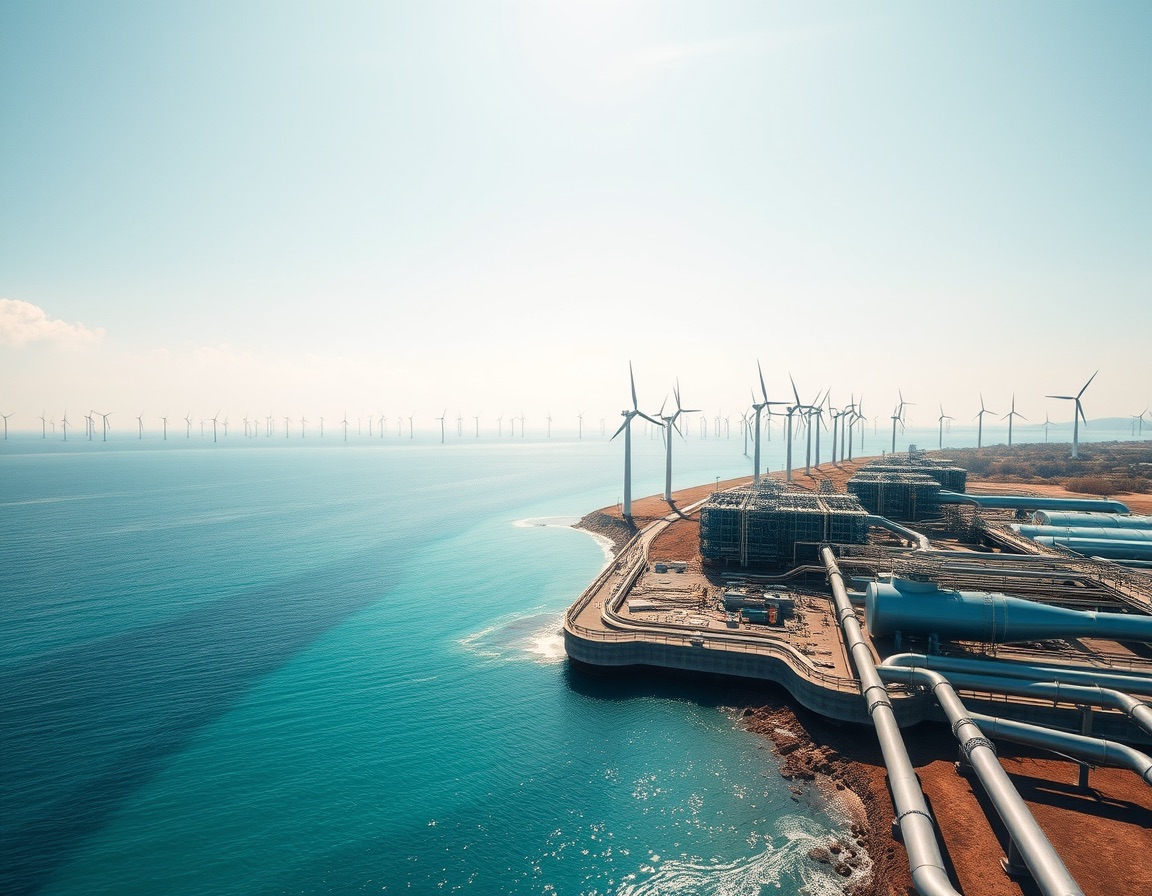Green hydrogen—produced via electrolysis powered by renewables—is emerging as a critical tool to decarbonize heavy industries like steelmaking, shipping, and aviation. In 2024, $130 billion in global investments are flowing into green hydrogen projects, with Saudi Arabia’s NEOM and Australia’s Asian Renewable Energy Hub leading the way. Major automakers like Toyota and Hyundai are also developing hydrogen fuel-cell vehicles.
Opportunities:
- Industrial Decarbonization: Steel and cement plants can replace fossil fuels with green hydrogen, cutting emissions by up to 90%.
- Long-Distance Transport: Hydrogen fuel cells are ideal for trucks, ships, and planes, where batteries are impractical.
- Grid Stabilization: Excess renewable energy can be stored as hydrogen for later use during low-wind/solar periods.
Challenges:
- Cost Barriers: Electrolyzers remain expensive, and green hydrogen is still 2–3x costlier than fossil-fuel-based “gray” hydrogen.
- Infrastructure Gaps: Pipelines and refueling stations for hydrogen are underdeveloped.
- Energy Intensity: Producing green hydrogen requires massive renewable capacity—challenging in regions with limited wind/solar resources.
Future Outlook:
By 2030, green hydrogen could supply 10% of global energy demand if costs fall below $2/kg (from today’s $5/kg). Government subsidies (e.g., EU’s REPower Plan) and corporate partnerships (e.g., Shell + Siemens Energy) will drive progress.
Green hydrogen is a linchpin for net-zero goals. Governments must fast-track permits for projects, while investors should prioritize R&D in electrolyzer efficiency and storage tech.
(photo: belongz.com original)


